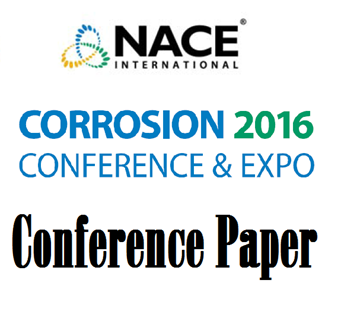Search
51312-01144-Selection and Testing of Internal Pipeline Liquid Epoxy Coating Systems
Also Purchased
10004 Internal Coating of Multiphase Pipelines - Requirements for the Coating
Product Number:
51300-10004-SG
ISBN:
10004 2010 CP
Publication Date:
2010
$20.00
Fusion Bonded Epoxy Coatings (FBE) and Disbondment
Product Number:
51316-7246-SG
ISBN:
7246 2016 CP
Publication Date:
2016
$20.00
00166 INFLUENCING FACTORS IN CATHODIC DISBONDMENT OF FUSION BONDED EPOXY COATINGS
Product Number:
51300-00166-SG
ISBN:
00166 2000 CP
$20.00




